BAU543_杭州严陵坞美丽乡村一期
中国,浙江省,杭州市,桐庐县
科目
建筑,景观建筑,室内设计类型
旅馆,景观设计城市
中国,浙江省,杭州市,桐庐县时间
2013 - (至今)名次
施工中业主
杭州严陵坞旅游开发有限公司项目
度假酒店,咖啡馆,生态泳池,独立式公寓emerald village at Soul Bay: the resort at the end of the yellow dirt road:
rural development in an urbanising China
As China’s working population migrates from the country to the city, only the old and the very young are left to maintain the abandoned villages. To assist the struggling rural economies some of the most beautiful and accessible countryside is being placed under new policies that encourage tourism development. One such area is the Tonglu Fuchun River, Lu Ci Village district.
history
Yan Ling Wu is the last village along a narrow winding road alongside the 300m wide Fuchun River Weir. The ancient town was relocated to its current position on higher ground in 1965 after the creation of the weir.
eco tourism
Soul Bay resort is an eco-tourism initiative where the visitor, the developer and the local people all benefit. The vast majority of village rejuvenation projects in China involve compulsory re-allocation of village inhabitants to another village or town. Soul Bay gives villagers the option of joining the project or not. They join by renting their houses to the resort and then downsizing to a smaller unit within the village. If they choose to stay in their homes, they can contribute in other ways if they wish. Various villagers are already providing a number of paid services including home cooking, cleaning and servicing units, or taking guests out in fishing boats.
the houses
Half of the existing 36 houses on the site have traditional rammed earth walls with timber pole structure, rustic architectural expression, and symmetrical facades with proportions determined by primitive technologies. The remaining houses have concrete frames with a variety of architectural expressions including Zhejiang’s renowned aspirational post-modern polychromatic tile surfacing.
BAU’s renovations to the traditional buildings expose the hand hewn timber pole frames and reveal portions of the rammed earth perimeter walls. The large houses are subdivided into smaller self-contained units and modern services are provided.
BAU’s new interventions follow a modernist, functional, logic. New windows are aligned with new internal circulation to avoid dead-end internal views; balconies slide beyond walls and cantilever to obtain multiple views; and windows are stretched horizontally and occasionally vertically to focus on landscape views important to the new inhabitants.
an abstraction of inclusion
These new buildings respect, value and learn from the simple and rustic materials, the modest and functional architectural expression, and the simple relaxed village lifestyle. However, they do not copy the existing buildings. Importantly, they abstract the positive elements but also include contemporary solutions to issues of amenity. This is not an abstraction of exclusion (like that of late modernism) but an abstraction of inclusion (that embraces a cultural pluralism).
Consequently, the housing provides traditional and contemporary forms; old spaces and new spaces (seamless connections between inside and outside – an experience all too rare in both urban and rural China); formality and informality, and rustic and contemporary textures, finishes, and colours.
downsizing
Villagers choosing to downsize and rent their houses will move to a single level apartment in a horizontal building that steps back over two floors. Large terraces in front of all apartments provide private and semi-public open space for their continued village farming activities. A new community plaza provides the villages with a place for celebrations and activities.
sustainability
Energy efficiency, healthy interiors, and minimising impact on the site are integral to the project design. PV solar panels are integrated into most roofs. Solar thermal technologies, where hot air is circulated to heat a thermal bank, are being tested on the first house. External insulation is added to all buildings, and all windows are replaced with double-glazing. Sweep fans, non-off-gassing finishes and solvents, and cross ventilation produce comfortable, healthy, and energy efficient interiors.
resort programing
Slow food, health, exercise, organic farming, ecological education, and connection with local people and culture form the initial programs of Soul Bay. Activities include swimming in eco swimming pools, hiking and camping in the hills, riding on road and trail, and organic farming. A café with a fireplace provides the social heart of Soul Bay where single travellers can meet and groups can dine. The emergence of various themes, characteristics, and programs will undoubtedly continually refresh the project.
landscape
The landscape design approach in Soul Bay is holistic and inclusive, which surprisingly, is still uncommon in China. The existing wild and indigenous vegetation is maintained and enhanced. New varieties and species are introduced to enrich it and make it more useful for humans and native wildlife. It is crucial to enhance the quality of the existing soil, which is the basis of all life, here, everywhere. So, all organic matter produced in the village is composted on wicking garden beds and turned into high-grade manure by earthworms.
There is a vast network of pathways on site, either existing or newly created. The main circulation in the village is based on looping pathways, which are well integrated with the existing walkways leading in the surrounding dramatic forests and mountain terrain. The central village is barrier free and easily accessible by wheelchairs and prams, etcetera, in order to make it comfortable for the old or disabled as well as for young families with small children.
In Soul Bay all farm products are produced locally, using hardy local, or well-adapted plants and animals, and traditional farming techniques. Visitors can be actively involved in the process by assisting all farm work or by freely sewing vegetable and flower seeds throughout the village. In doing so the visitors contribute to the richness, diversity, and beauty of the rural landscape.
conclusion
This architecture for this project is in no way selfish, arrogant, or ignorant. To respond in that way would destroy the very qualities of the region that visitors find so appealing and enjoyable – their reasons for visiting. This project consists of a generous, respectful, and well informed architecture of small scale and subtle interventions. An architecture that adds to the spirit of the place while providing the level amenity that visitors have come to expect in the highest quality resort accommodation.







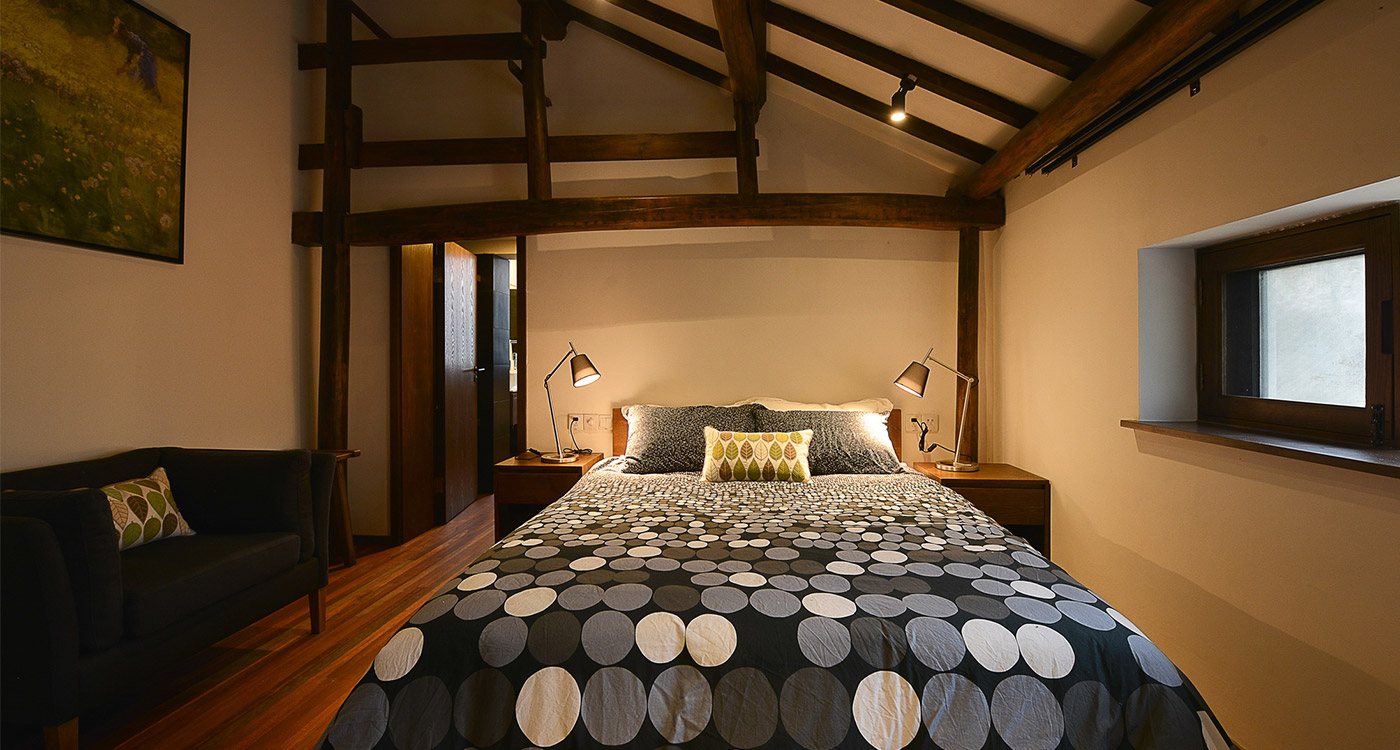






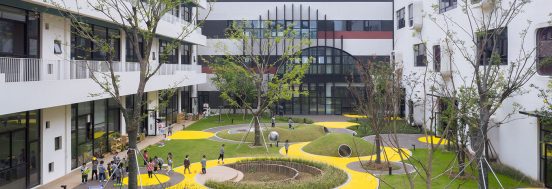











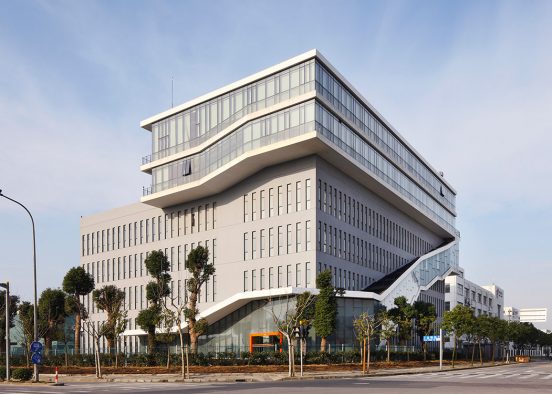


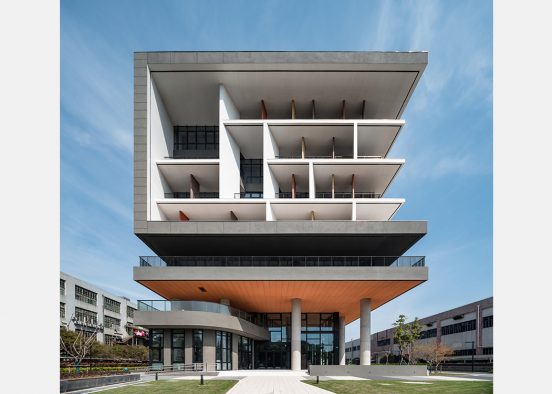


















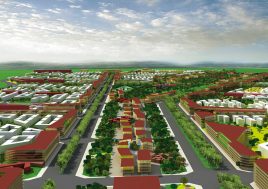





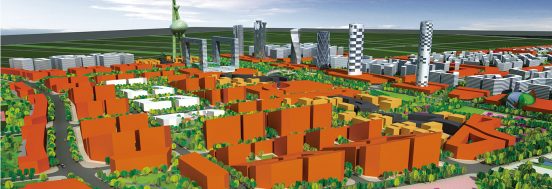







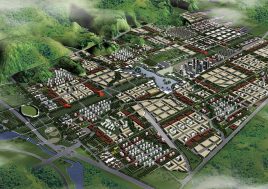










































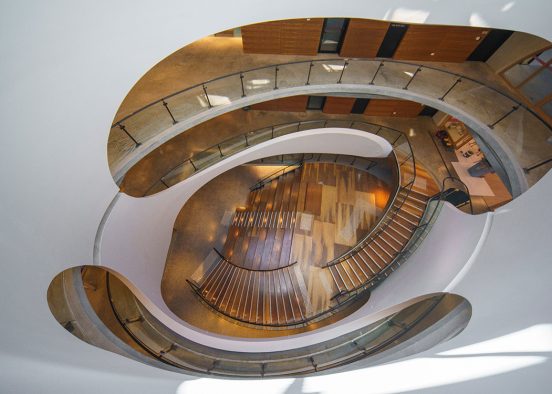








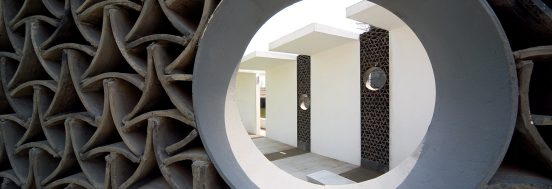

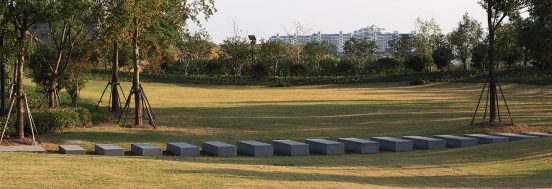
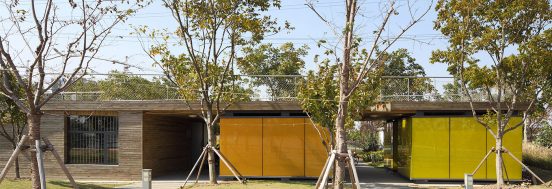
















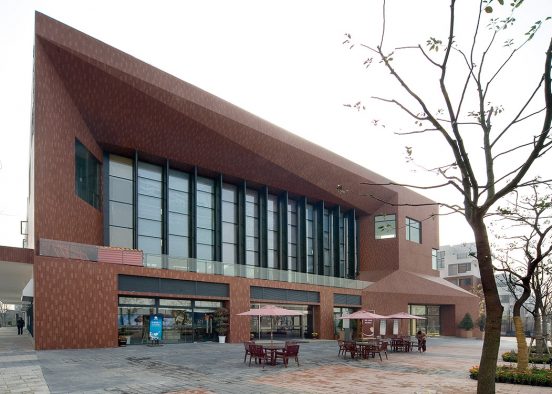
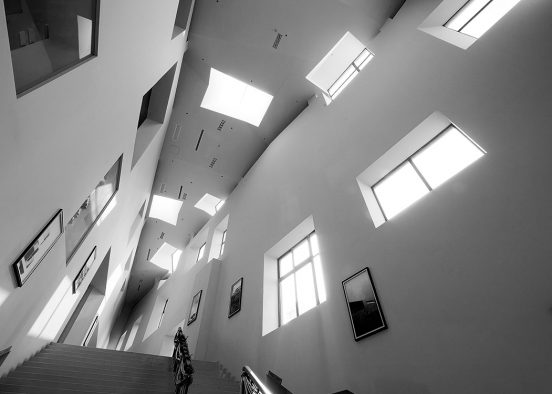
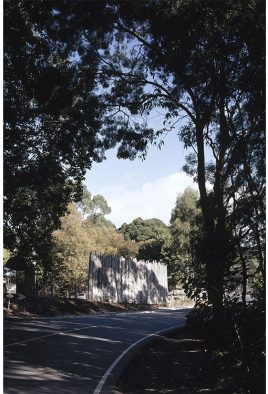
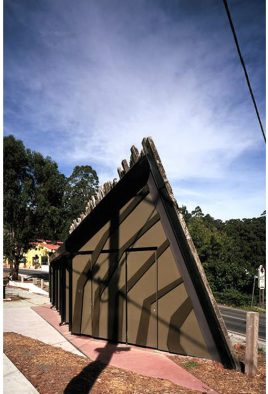













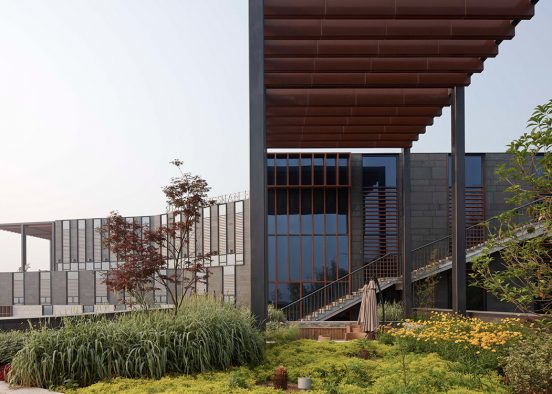









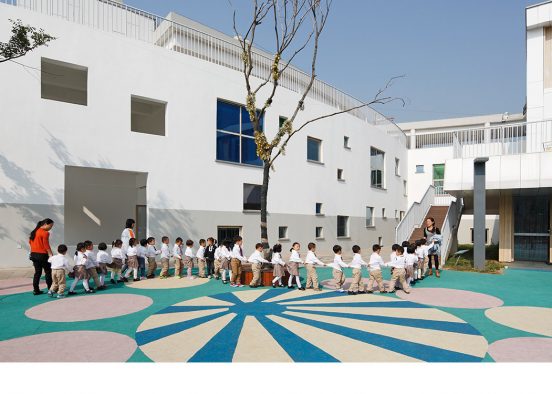
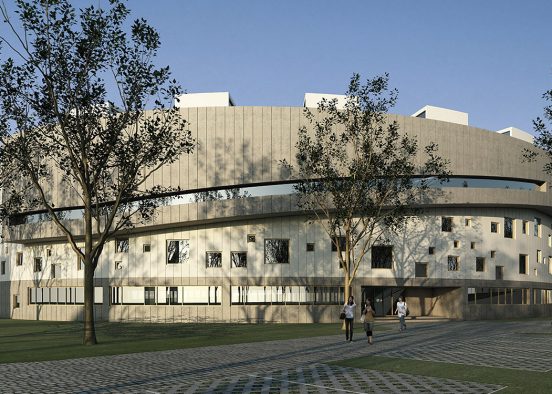





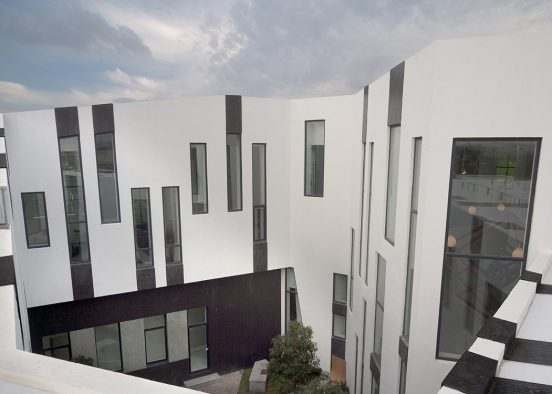









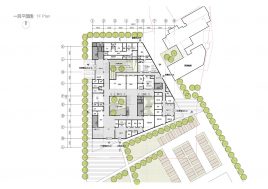


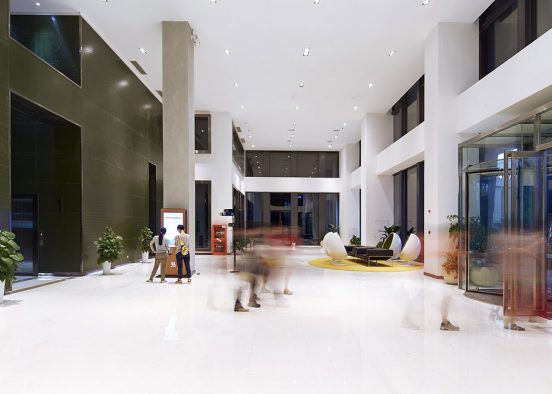

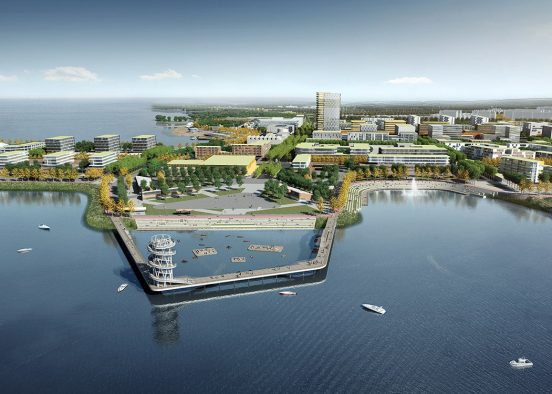





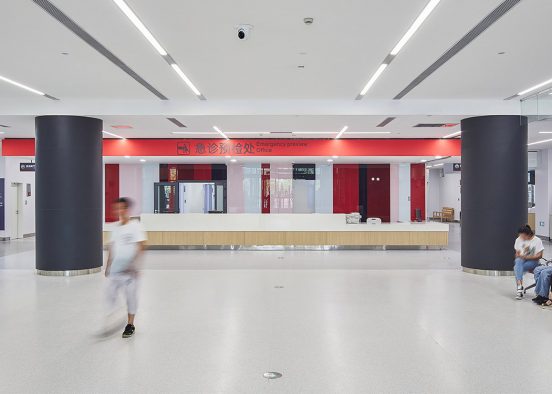




















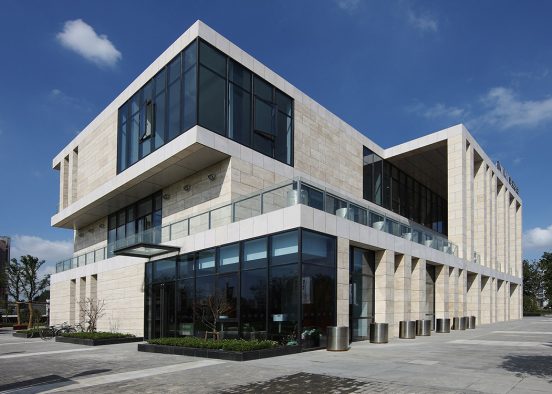











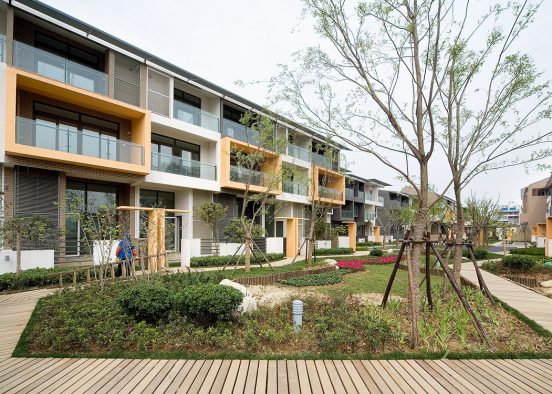
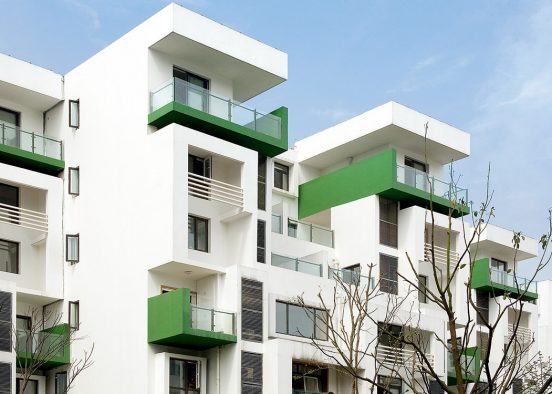








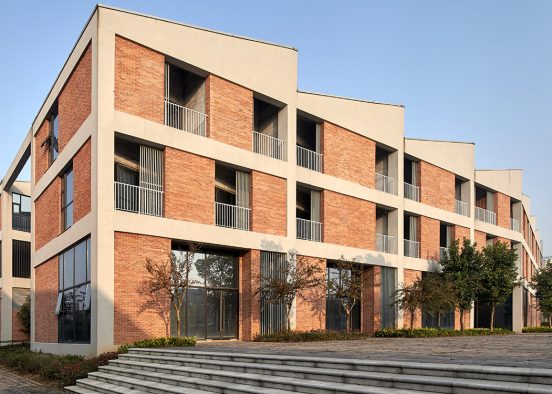

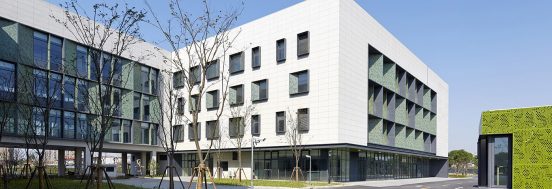


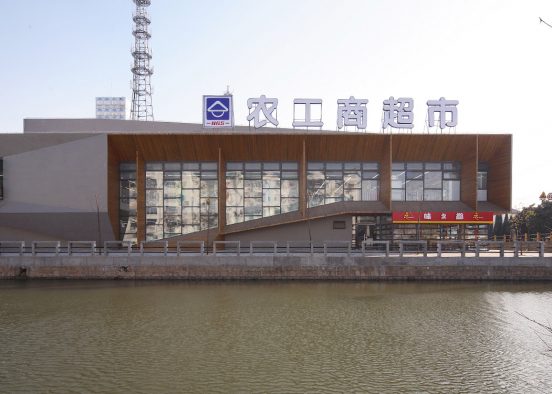
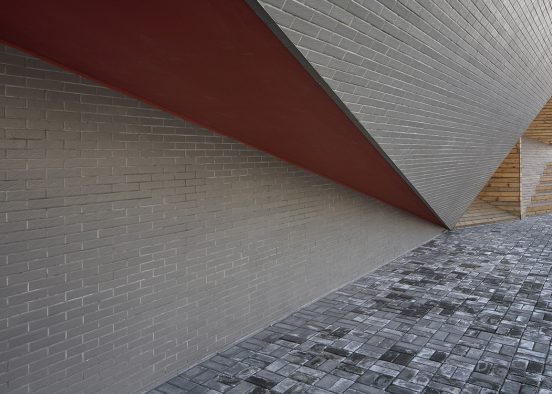

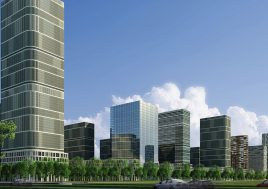



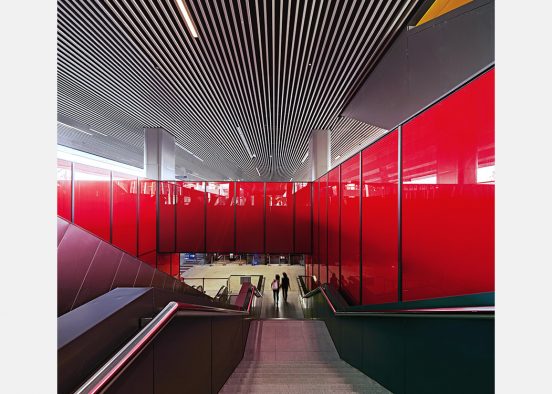


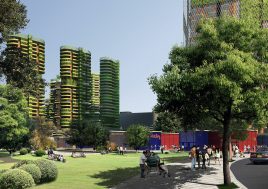







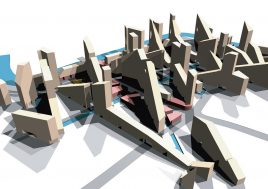







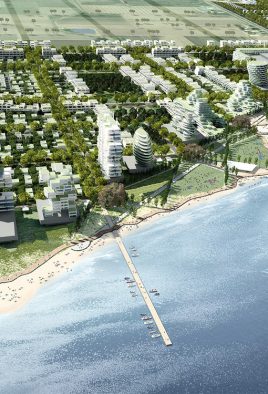











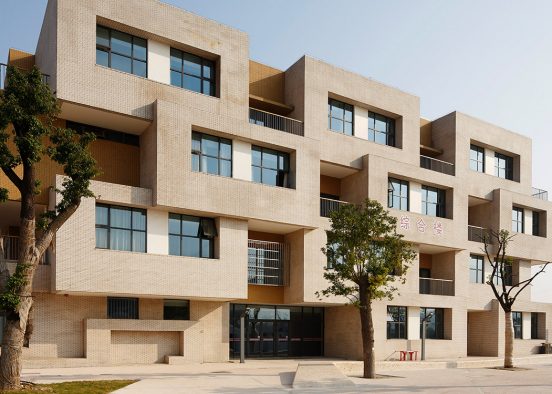



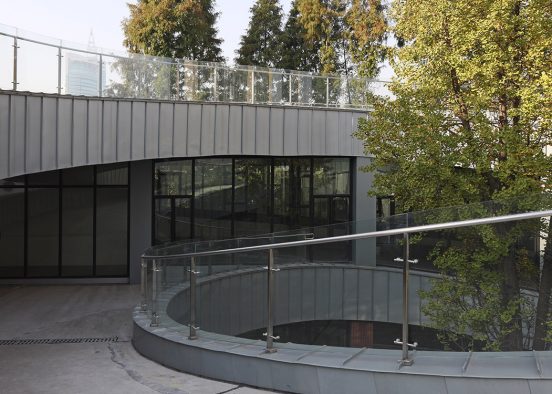
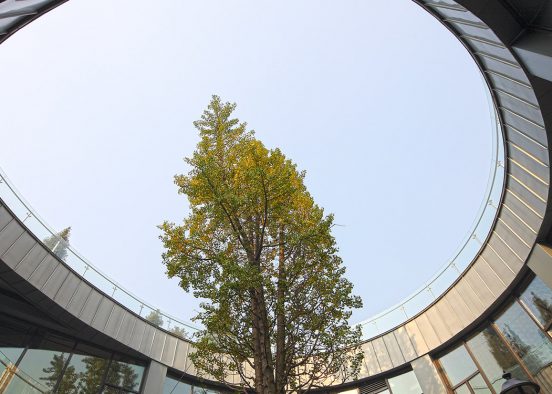




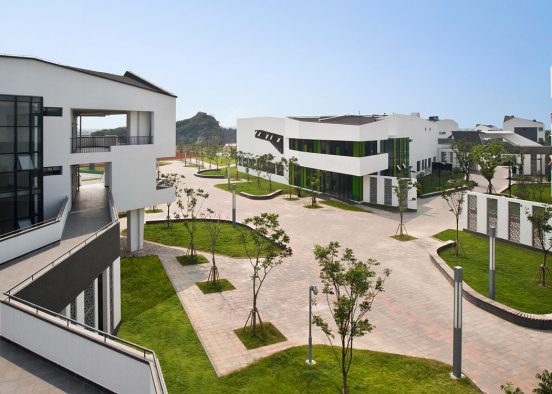



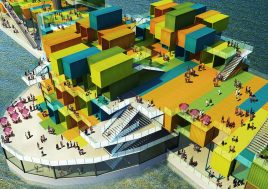












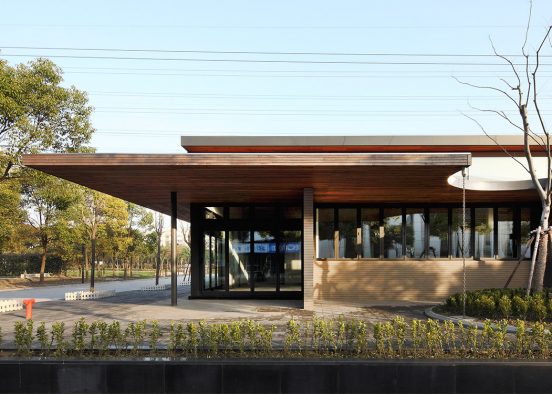







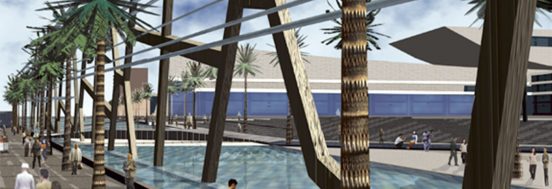
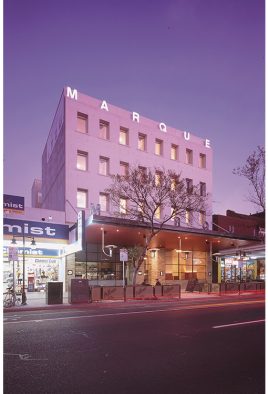





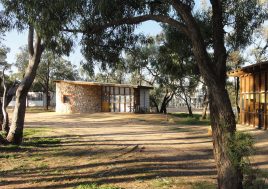








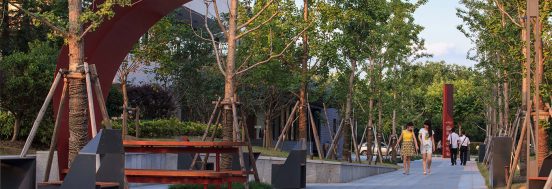

















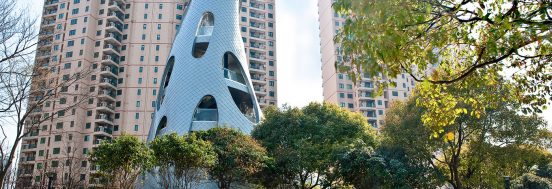

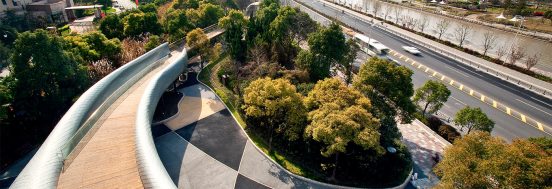




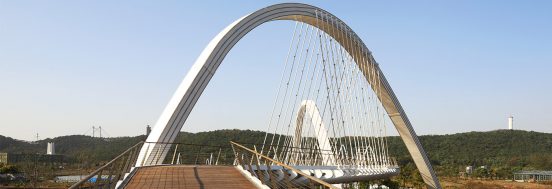

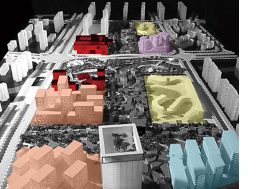

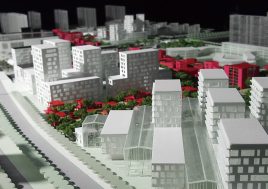






 Back to projects
Back to projects
